
Let's give credit where credit is due: the microwave is one of those appliances that if it didn't exist, we would have to invent it. Luckily, they already did it a little over 70 years ago, with the advantage of being able to optimize time in the kitchen, even though opinions about it have never been unanimous, given that false myths and fake news about the dangers to health due to the radiation emitted by the oven are hard to die.
What is certain is that heating, defrosting and even cooking in the microwave must be done with full knowledge of the facts, first of all following the instructions for your appliance and then some basic rules (and a few tricks) to avoid self-sabotage:
- Always use the right containers, as not all materials are suitable for cooking with electromagnetic waves.
- Know the meaning of the icons related to the different features that your model has, so you can take advantage of all its possibilities.
- Keep your microwave in the best possible condition by cleaning it carefully, even using natural methods if you prefer not to use chemical cleaners.
Important: not all foods are the same, but they require different times and methods of treatment to be enhanced. In addition, there are foods that are better not to cook or heat in the microwave, to avoid the loss of properties, poisoning or unpleasant reactions (e.g. unwanted explosions). Let's see what they are.
1. Eggs and Foods With A Peel
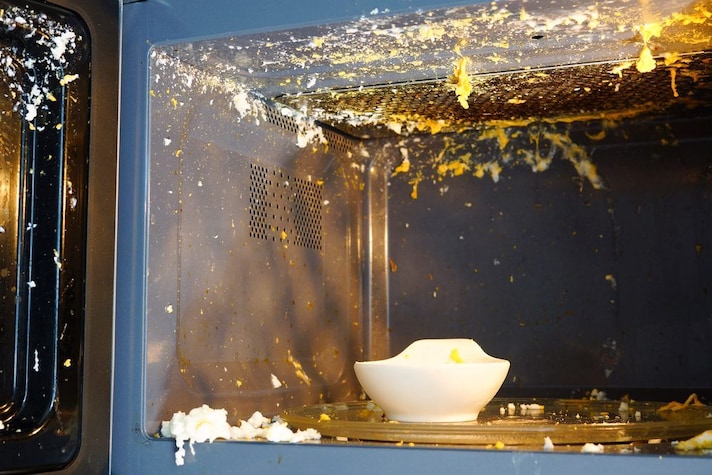
Making a hard-boiled egg in the microwave is not inadvisable, it is practically prohibited. Science says so with extreme certainty. Once the egg is inserted into the chamber and cooking is started, it goes from a liquid to a gaseous state in a few seconds: the shell prevents the steam from escaping, thus causing an explosion, which could also occur when you take it out of the appliance, due to the sudden change in temperature. Result? No hard-boiled egg and risk of burns.
In general, be careful with foods with skins such as tomatoes, apples, sausages with casings, hot dogs and potatoes: they are affected in the microwave like eggs, with steam trapped inside. In this case, however, there is a solution: prick the food before putting it in the microwave.
2. Chicken
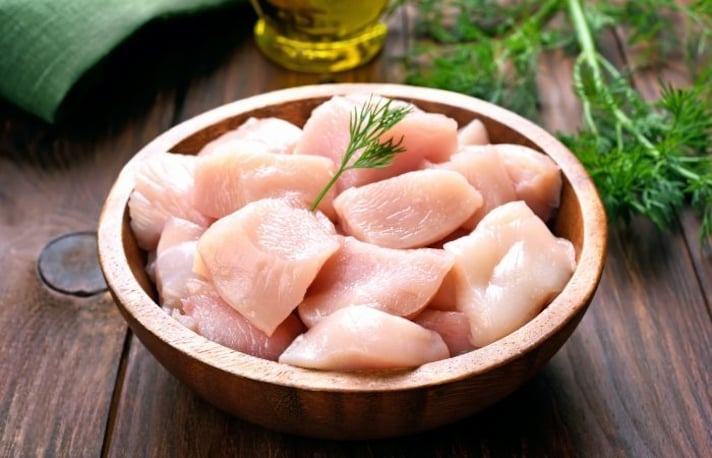
Chicken meat can be contaminated by bacteria such as salmonella and campylobacter and it is also to avoid their proliferation that it should never be washed before cooking it. Furthermore, it is a good practice to sterilize well the utensils (such as cutting boards and knives) that have come into contact with the meat. Only adequate cooking allows to eliminate potential risks, something that the microwave cannot guarantee, both starting from a raw chicken, or from leftovers.
In fact, electromagnetic radiation does not penetrate deeply or even homogeneously: it is therefore not certain that pathogens are completely eradicated. Traditional cooking is better, in a pan or in the oven – or in the microwave with the oven function – at high temperatures. Otherwise, reduce the chicken into strips or morsels or turn the fillets a couple of times, to have more homogeneous heating.
3. Leftover Potatoes and Mushrooms
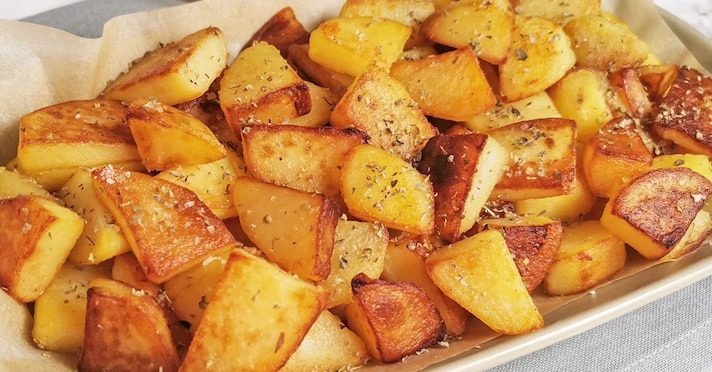
For mushrooms and potatoes, being heated in the microwave is not a problem, as long as they have been stored correctly. The risk, in fact, is that, if left too long at room temperature before being put in the refrigerator, they could have developed bacteria – for example, in tubers, Clostridium botulinum, the cause of botulism in food – and therefore be dangerous for humans if not eliminated with high temperatures, which the microwave does not support. Poisoning is therefore just around the corner.
In addition, the proteins found in mushrooms deteriorate very quickly once they are cooked: poor maintenance can cause stomach pain after eating them. The advice for already cooked mushrooms is not to exceed 24 hours.
4. Leftover Rice
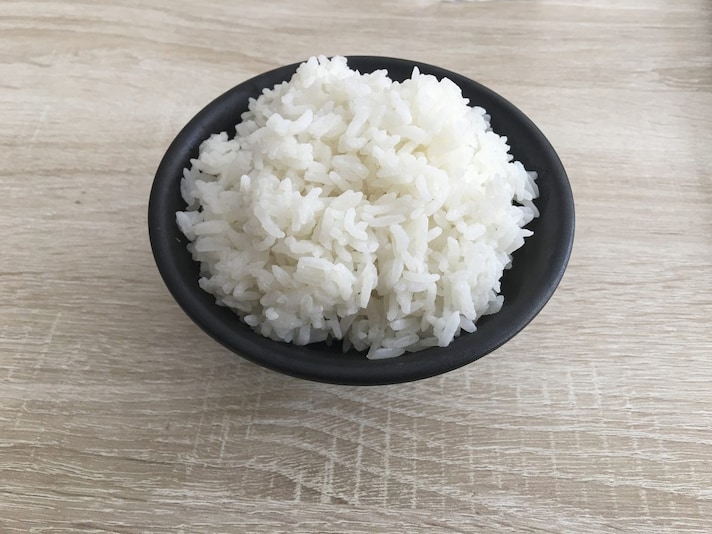
A food safety problem also comes from rice, for the reason highlighted previously. The oven waves are not harmful to human health, but they would not be able to defeat any bacteria already present in raw rice, the Bacillus cereus, which survived the first cooking. If the cooked rice has remained at room temperature for a long time (more than 2 hours) and therefore treated with little attention before being reheated, it is possible that these bacteria produce toxins, causing intoxication, with consequent diarrheal phenomena.
5. Fresh Chili Peppers
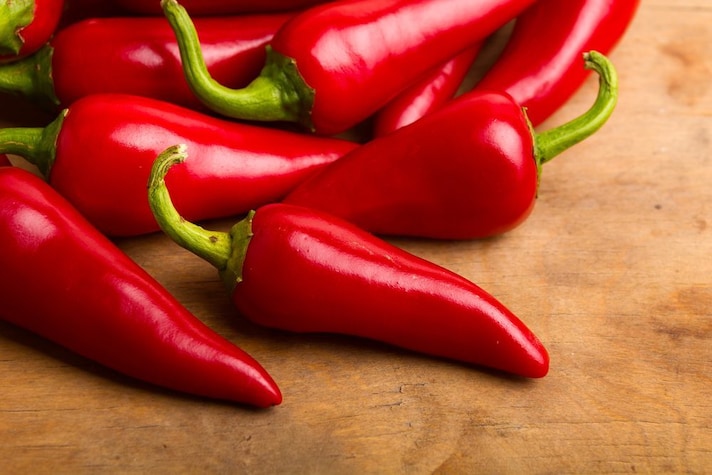
Heating chili peppers in the microwave is not a good idea. It's all the fault of the capsaicin, the substance that gives them their spiciness: this, when heated, could react becoming particularly irritating to the palate. At the same time, when the door is opened, it could find itself in the steam, which, coming into contact with the eyes and throat, risks causing burning. In addition, the skin of the whole chili pepper could resist and explode.
6. Bread and Pizza
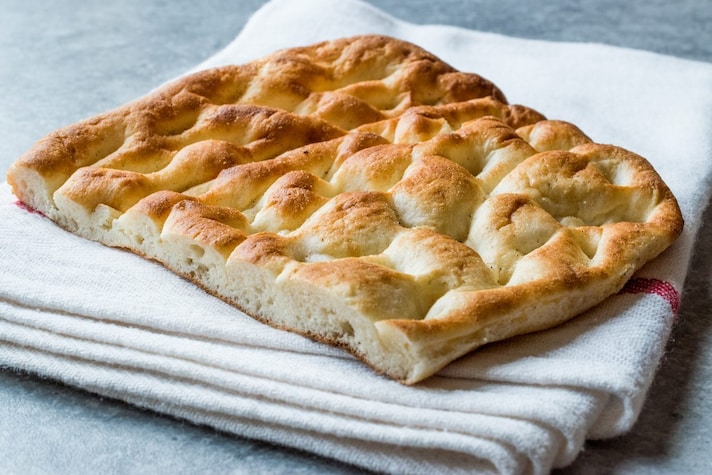
Reheating bread or pizza in the microwave can be convenient, as they heat up faster than the oven, but the constant is that you end up with rubbery and mushy consistencies that become very hard if left to cool again. This reaction is caused by the presence of sugars in the dough, which just as they melt very quickly due to the waves, they crystallize just as quickly once they are out. The best way to enjoy these leftovers, recreating (almost) the original crunchiness, is to use the classic oven.
7. Water for Tea and Herbal Teas

Fans know it well: to enjoy all the taste and flavor that tea releases once the tea bag or infusion is placed in water, the temperature is important: each variety has its own, and it is essential that the heat is distributed evenly in the cup. This is something that heating in the microwave does not guarantee: its waves, in fact, do not cook by convection as a kettle would, ensuring that all the liquid has the same temperature, but due to the shape of the container, it happens that only the external part heats up, leaving the inside and the bottom cold or warm.
8. Sauces and Purees
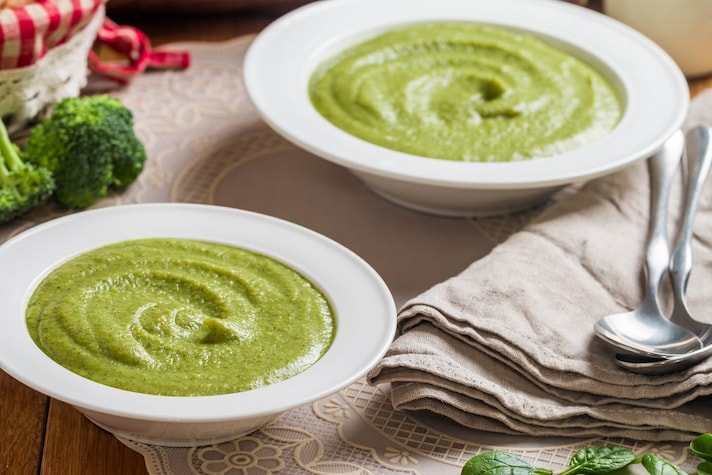
For this type of food we are not faced with a ban, but a precaution to prevent something extremely easy from becoming extremely annoying. It has happened to everyone that the sauce put in the microwave splashes everywhere. Sauces and purees, in fact, are dense liquids, often seasoned, which do not allow the steam to find the right escape routes, accumulating inside, thus causing small explosions. The advice is always to use a container with a lid, otherwise common saucepans are better, so as not to waste time and energy to clean the appliance well.
;Resize,width=767;)
